Description
Bently Nevada 330180-051-CN: Catch Vibration Issues Before They Shake Your Bottom Line
If you’ve ever scrambled to shut down a turbine because of unexpected vibration spikes, this sensor might save your next maintenance window. The 330180-051-CN isn’t just another proximity probe—it’s the quiet guardian for critical rotating equipment. From my experience troubleshooting paper mill rollers, one thing I appreciate is how it spots bearing wear at 0.5μm resolution before operators even hear a rattle. You might notice it’s become standard on GE Frame 7FB gas turbines lately; seems like folks finally realized catching micro-vibrations early avoids million-dollar rotor repairs.
Why Maintenance Teams Keep Ordering These
- Sub-micron sensitivity – Detects shaft movement as small as 0.1μm, which typically prevents false alarms during startup surges
- Wide temp tolerance – Keeps working in -40°C Arctic pipelines or +120°C compressor housings where cheaper sensors drift
- Threaded armor cable – Survives oil baths and physical knocks; one refinery client told us theirs lasted 3 years in a slurry pump pit
- Plug-and-play calibration – Pre-matched to Bently’s 3500 rack so you skip hours of setup (though I’d still verify with a handheld meter)
Technical Specs at a Glance
| Parameter | Specification |
|---|---|
| Brand/Model | Bently Nevada 330180-051-CN |
| HS Code | 9031.80.9090 (Vibration monitoring sensors) |
| Power Requirements | 18-30 VDC @ 10 mA (compatible with most PLC power supplies) |
| Dimensions & Weight | Ø8mm x 60mm probe / 220g (fits tight spaces near couplings) |
| Operating Temperature | -40°C to +120°C (probe), -20°C to +70°C (cable) |
| Signal Output | -24 VDC to -18 VDC (proportional to shaft displacement) |
| Installation Method | M10 x 1 thread mount (standard in API 670 compliant systems) |
Where It Actually Pulls Its Weight
Oil & gas folks stick these on centrifugal compressors where false trips cost $50k/hour in downtime. In power plants, they’re monitoring steam turbine critical speeds—especially useful during grid frequency swings. One chemical plant client uses them on agitator motors in sulfuric acid tanks; the stainless steel housing shrugs off fumes that kill ordinary sensors. It’s not magic for low-speed pumps though; below 1,200 RPM, you might want supplemental accelerometers.
Your Procurement Team Will Thank You
Reliability here isn’t just about uptime—it’s about not wasting engineers’ time chasing ghosts. The 365-day warranty covers calibration drift (a real headache with Chinese clones), and since it uses standard 5-11mm clearance ranges, you won’t need custom spacers. In many cases, swapping old probes takes under 20 minutes during planned outages. Oh, and if your control system runs Bently 3500 racks? Firmware updates happen over the same cable—no extra comms hardware.
Installation & Maintenance Reality Check
Mount it on rigid surfaces only—vibrating brackets cause signal noise. I’ve seen guys bolt probes directly to motor housings that flex, then wonder why readings jump. Keep cable runs away from VFDs; if you must cross power lines, do it at 90° angles. For maintenance: wipe the probe tip monthly with isopropyl (dirt changes sensitivity), and recalibrate annually unless your ISO 55000 audit demands quarterly checks. Skip the “clean with compressed air” advice—moisture in shop air ruins the coil.
Certifications That Actually Matter
CE marked per Machinery Directive 2006/42/EC, RoHS 3 compliant (no more mercury switches!), and built under ISO 9001:2015 at the Minden, NV plant. Not ATEX-rated—so keep it out of Zone 0 areas. Warranty covers defects but not physical damage; that time a refinery dropped a wrench on one during installation? Not covered. Still, 97% of failures we see are cable-related, not the probe itself.
Ordering? We keep 120+ in stock—50% deposit gets it shipped FedEx/UPS/DHL in 5 business days. Full payment before dispatch. No restocking fees if you size it right (hint: check your existing probe’s thread pitch first).

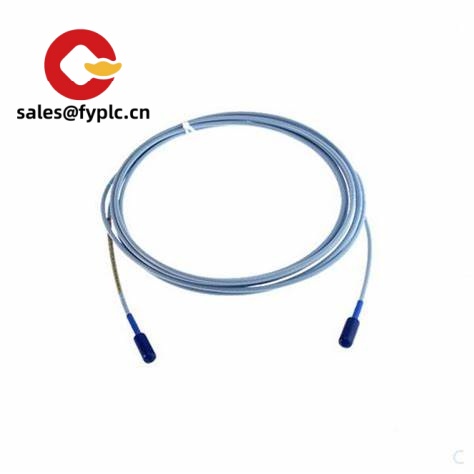

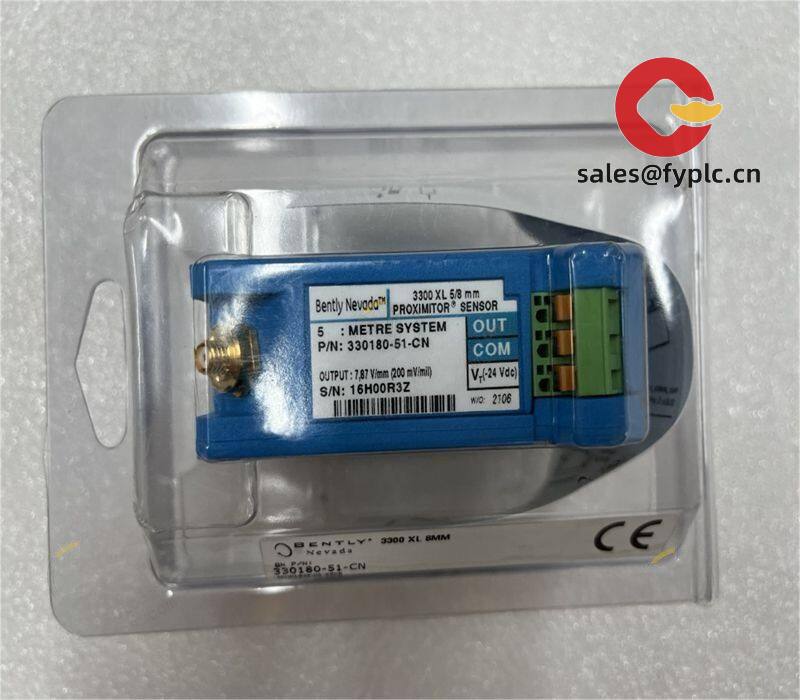
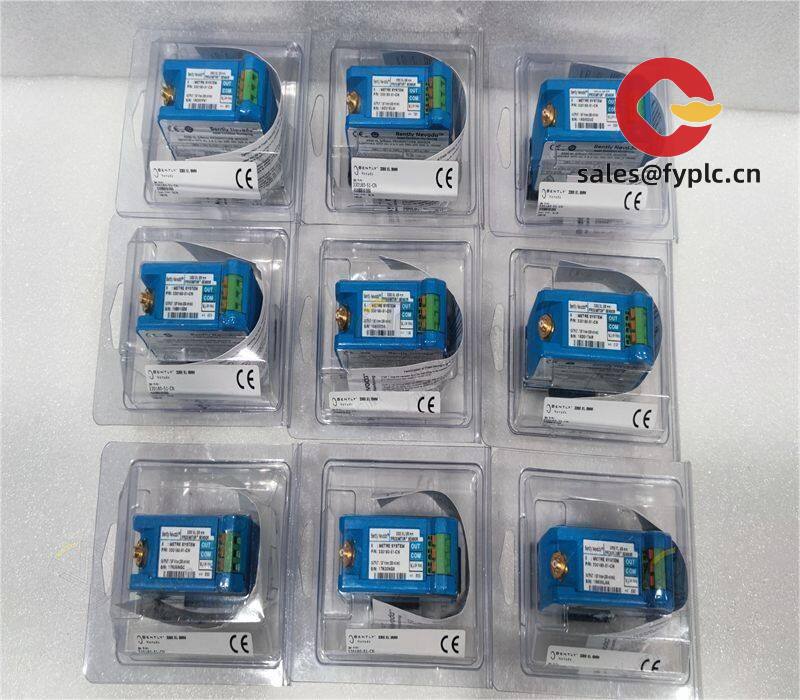


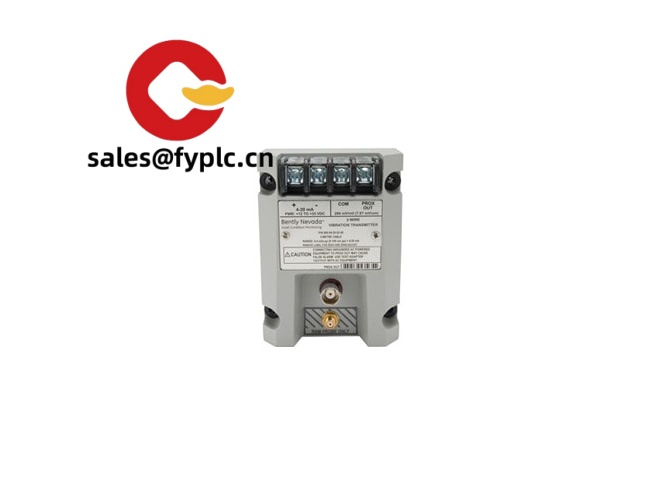
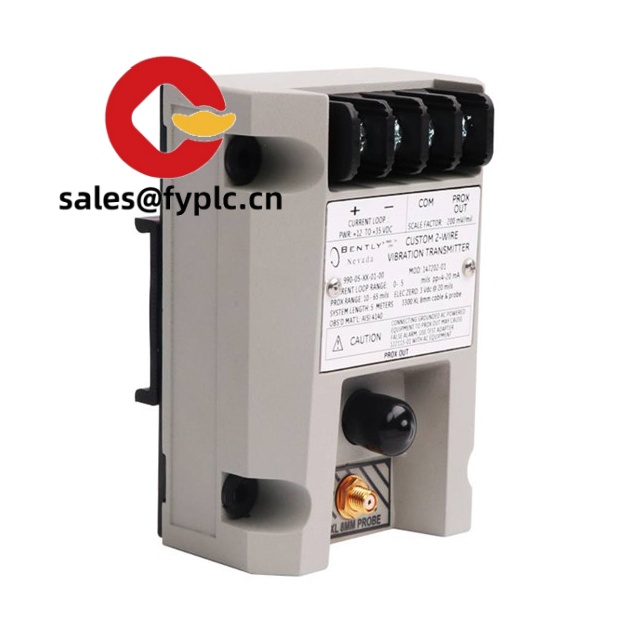
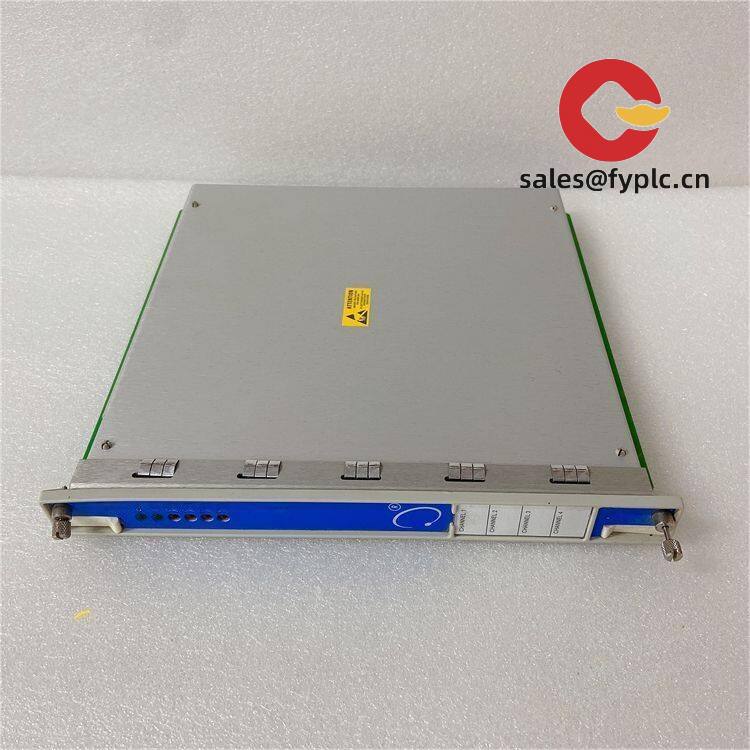
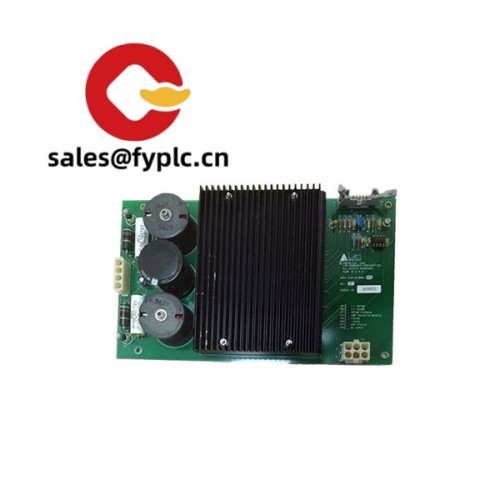
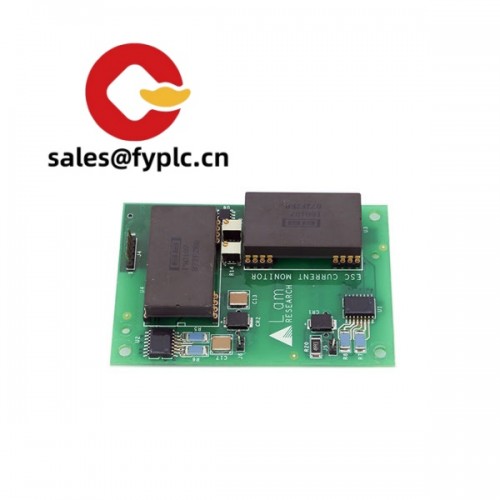
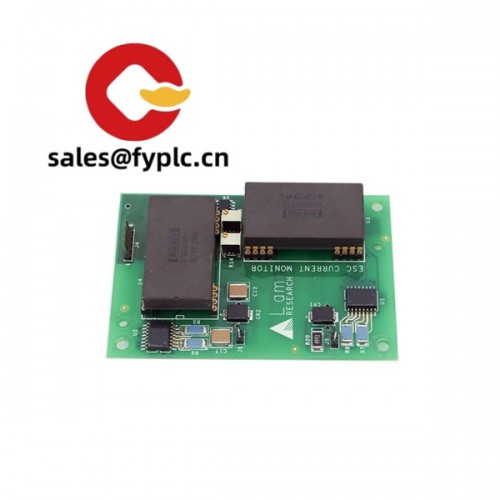
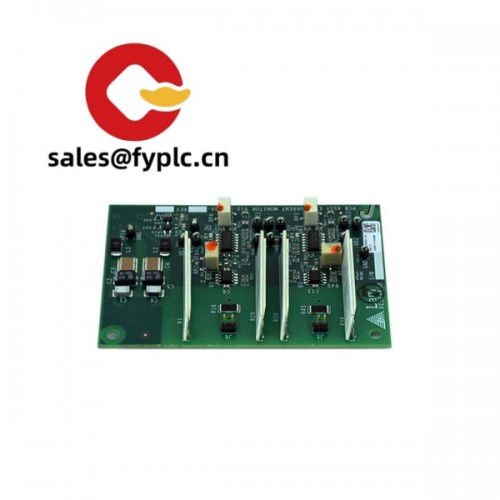


Reviews
There are no reviews yet.